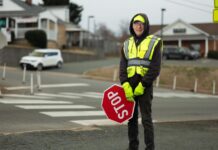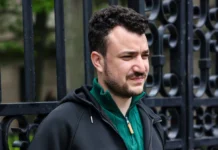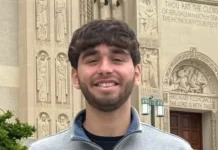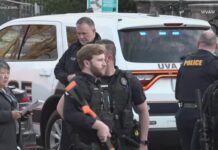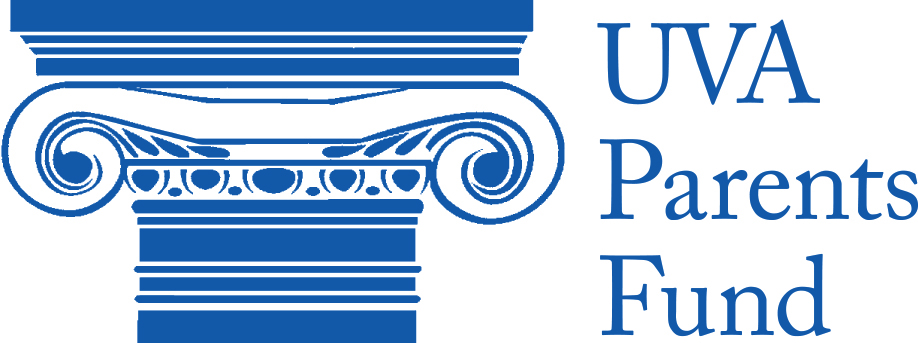First, it was Lee Park, then Emancipation Park. Now, a controversial area at 101 East Market Street is up for yet another renaming.
Emancipation Park was a focal point during last summer’s “Unite the Right” rally, a violent event that thrust the park into the national spotlight and put it under immense public scrutiny. As members of the KKK and alt-right flooded downtown Charlottesville over the potential removal of the park’s Robert E. Lee statue, one protester plowed a car into a crowd of counter protesters and killed Charlottesville native Heather Heyer.
Now, Charlottesville City Council is set to once again discuss a renaming of the park. Although Emancipation park’s former name received backlash from the community for its honoring of a Confederate general, many Charlottesville residents expressed dissatisfaction with the new name, prompting talk of another name change.
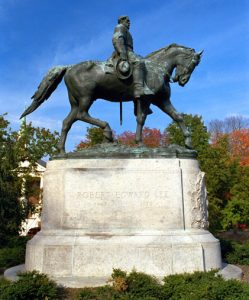
Community activist Mary Carey brought the issue to the attention of the Council when she created a petition to rename Emancipation Park and delivered the letter, complete with over 500 signatures, to City Hall last week. According to NBC29, City Council plans to discuss the petition on February 20.
However, locals are not the only ones thinking of ways to rebrand the park. In addition to longtime Charlottesville residents, a number of UVa graduate and undergraduate students have taken it upon themselves to create some redesigns of the area. After the riots in Charlottesville, the students’ designs were put on display in CitySpace, a city-owned meeting space located on Charlottesville’s Downtown Mall.
Even some of the students said that they had trouble deciding what to do with the Robert E. Lee statue located in the park. Graduate student Sam Johnson laid out one of his ideas for a reimagining of the statue.
“I actually took the statue and broke it up into 13,916 pieces, which represents the population of the African-American community of Albemarle County at the time,” he said.
James Atkins, another graduate student at the University, wanted to do something different in his design. “I chose to have the statue part itself removed,” Atkins explained. “But I left the plint, the concrete platform that it sits on, so that there is a reminder of the history, not only of that object but of how it got there.”
While the student proposals will not actually be sent to the City Council for review, they represent a growing academic discourse centered on properly dealing with Civil War memorials. As for Atkins’ and Johnson’s ideas, all student redesigns for the park will continue to be on display at CitySpace throughout the month of February.








